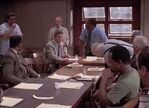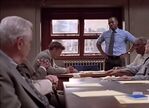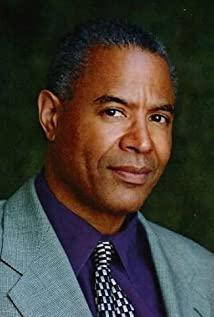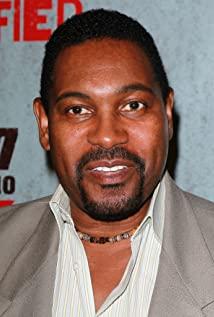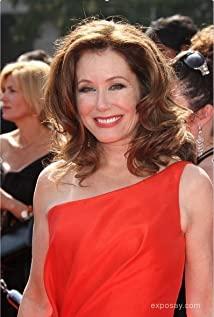If you were a director or a screenwriter, what would you do if you wanted to make a movie with this idea?
In 1957, American director Sidney Lumet's "Twelve Angry Men" filmed in a form similar to a documentary. In a closed and narrow space, a jury of 12 citizens convicted a marginalized teenager accused of killing his father. The discussion process, in the tense and oppressive atmosphere of life-and-death confrontation, perfectly explained this point of view.
In 2007, Russian director Nikita Mikhalkov's remake of "12 Angry Men" upholds the original temperament and incorporates the director's reflection on the social changes in Russia in recent decades. Based on the case of the Chechen teenager who killed his adoptive father, twelve jurors with different life backgrounds, each reviewing their own experiences, looking for lost values and re-examining their life, the triumph and loss reflect the epitome of social development.
Whether it is the 1957 version or the 2007 version of "Twelve Angry Men", neither the juvenile's father's murder case itself is restored through dramatic plots, nor the specific events of the juvenile's misfortune, but the lives of the twelve members of the jury. Experience gives twelve possibilities. And the twelve possibilities are not to prove that the juvenile did not kill, but it is just impossible to prove that the juvenile did.
Conflict is more structured in the tangled process of the characters' psychological self-interpretation of events. From eleven people found the juvenile guilty and one person found innocent, to one person found the juvenile guilty eleven people found innocent, to twelve people found innocent. In the long debate, the jurisprudence and justice under the veneer of judicial procedures are examined, and the consideration of conscience, life and responsibilities (duties) of each of us rabble is examined. Every vote is undoubtedly a struggle. In the struggle, every subtle expression depicts the character's character vividly, and everyone's transition is seamless. When the sword was drawn, the teenagers in prison, when life and death were at stake, danced to keep warm, and recalled the scenes of childhood dancing. The rhythmic and cheerful dance is the respite of the youth and the respite of life. As the title subtitles: Don't seek the truth of life, try to feel the truth of life!
This reminds me of the Buddy in "The Taste of Cherry" who drove his car to find the corpse collector. Whether it was the experience of a recruit who joined the army, a homeless man on a construction site, or a seminary student, he refused for his own reasons. his request. The old man Bagri, who works in the museum, agreed to Buddy in order to treat his son's illness and told him that he had committed suicide, but he finally changed his mind for the sweet taste of cherries...
and the female taxi driver in Tehran and her passengers in "Ten" Ten conversations in the taxi, involving her son, close girlfriend, old believer, woman trapped in love, prostitute, but the content is how to find comfort and balance in life, everyone is explaining their own Behaviour and occupation and an unworldly way of life.
"Twelve Angry Men", "The Taste of Cherry" and "Ten" all use a single scene, in the same line of dullness, trivial dialogue, seemingly casual but exuding unique humanistic care.
View more about 12 Angry Men reviews



